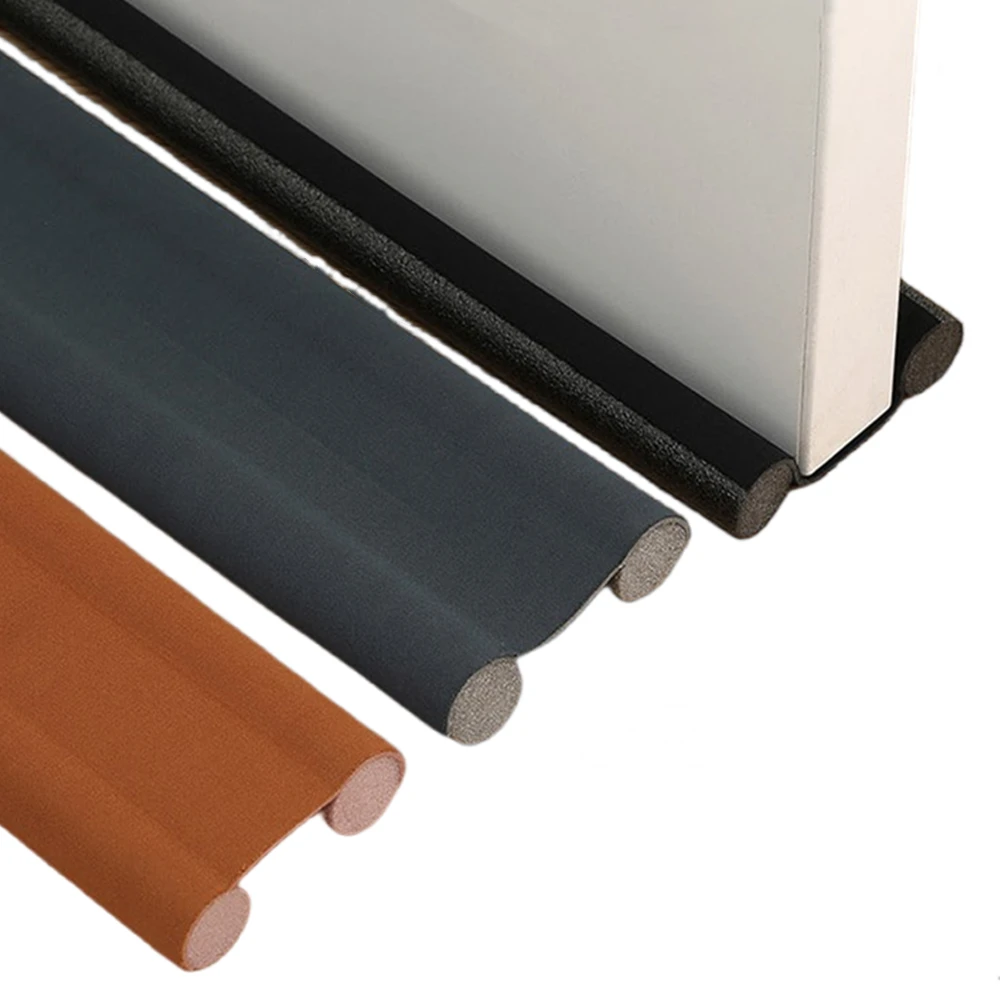Car Door Sealing Solutions for Enhanced Weather Protection and Durability
Understanding Car Door Weather Seals Importance and Maintenance
Car door weather seals are essential components that play a crucial role in ensuring the comfort and safety of vehicle occupants. They are designed to provide a weather-tight seal around the doors of a vehicle, preventing water, dirt, dust, and noise from entering the cabin. Understanding the significance of these seals, their types, and how to maintain them can help car owners enhance their vehicle's lifespan and performance.
The Importance of Weather Seals
Weather seals are typically made from rubber or a similar flexible material, which allows them to effectively compress against the door frame when the door is closed. This compression creates a barrier that keeps out the elements, protecting the interior of the car from moisture and debris. Additionally, they serve to reduce wind noise, offering a quieter driving experience.
Moreover, weather seals contribute to the vehicle's energy efficiency by preventing air leaks that can lead to increased heating or cooling costs. When the seals are in good condition, the HVAC system doesn’t have to work as hard, ensuring better fuel efficiency and comfort for occupants.
Types of Car Door Weather Seals
There are several types of weather seals used in vehicles, depending on the manufacturer and the specific car model. The most common types include
1. Perimeter Seals These seals run around the entire perimeter of the door frame. They are typically the most visible seals and are critical for overall weather resistance.
2. Glass Run Channels Located along the window openings, these seals guide the glass as it moves up and down. They help keep moisture out and prevent rattling noises.
3. Belt Line Seals These are situated at the top of the door, where it meets the window. They help to seal the gap between the door and the glass, offering additional protection against wind and rain.
car door weather seal

4. Frame Seals These seals can be found in various locations around the door frame and are essential for preventing dust and dirt from infiltrating the vehicle.
Maintenance of Weather Seals
To ensure that weather seals function effectively, regular maintenance is necessary. Here are some tips to keep them in optimal condition
1. Clean the Seals Dirt and grime can accumulate on weather seals, leading to deterioration over time. Regularly clean them with a mild soap solution and a soft cloth to remove any buildup.
2. Inspect for Damage Periodically check the seals for signs of wear, such as cracks, tears, or deformation. Early detection of damage can prevent more significant issues down the line.
3. Condition the Rubber Just like any rubber component, weather seals can dry out and lose their flexibility. Applying a rubber conditioner can help maintain their pliability and extend their lifespan.
4. Ensure Proper Alignment If you notice water leaks or excessive wind noise, it may indicate that the door is misaligned. Adjusting the door hinges or latch mechanism might be necessary to restore a proper seal.
5. Replace When Needed If the seals are structurally compromised or badly worn, replacement is necessary. Consult with a professional to ensure the right type and size are selected for your specific vehicle model.
Conclusion
Car door weather seals are small yet vital components that significantly impact the overall driving experience. By understanding their importance, familiarizing yourself with the different types, and committing to regular maintenance, you can ensure your vehicle remains comfortable, safe, and efficient for years to come. Taking these simple steps will protect your investment and enhance your enjoyment of your vehicle, making each ride an experience worthy of the journey.
-
Under Door Draught Stopper: Essential ProtectionNewsJul.31,2025
-
Garage Door Seal and Weatherstrips for ProtectionNewsJul.31,2025
-
Edge Banding Tape for Perfect EdgesNewsJul.31,2025
-
Table Corner Guards and Wall Corner ProtectorsNewsJul.31,2025
-
Stair Nose Edging Trim and Tile Stair SolutionsNewsJul.31,2025
-
Truck Bed Rubber Mats for Pickup BedsNewsJul.31,2025
-
Window Weather Stripping for Noise ReductionNewsJul.29,2025